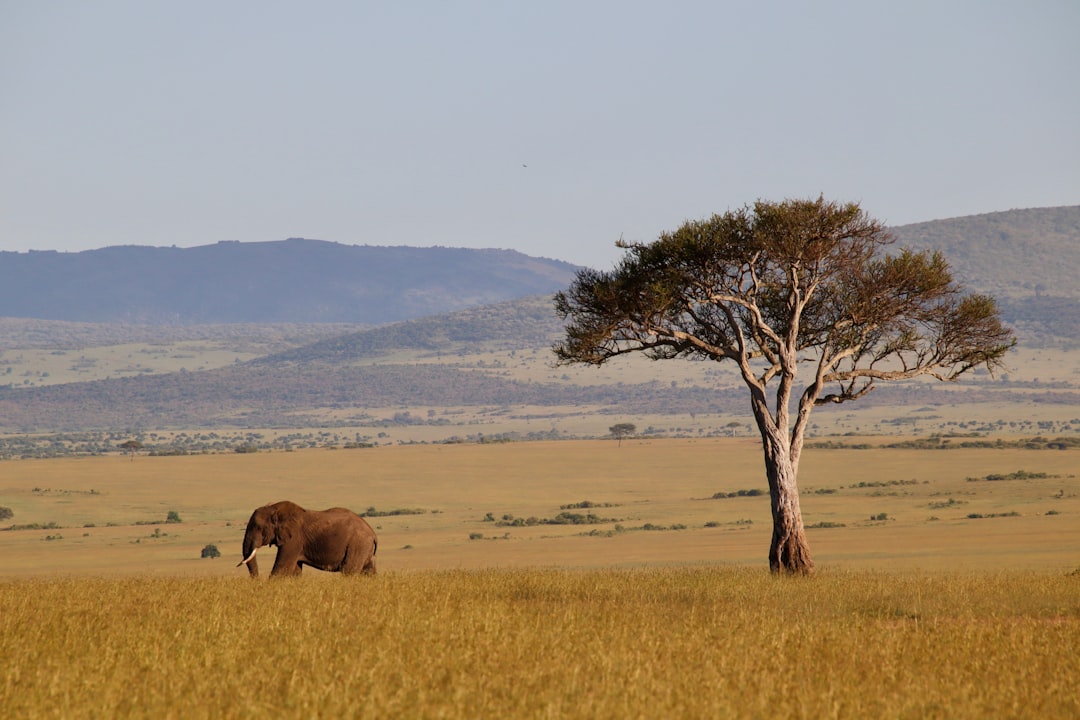What is it about?
Given recent and predicted changes in climatic conditions as well as the impacts of these changes on species distribution, adaptation and mitigation measures are needed to sustain agricultural production systems. Here, we assessed how such change in rainfall and temperature patterns would alter the ecological niche of the ecologically and economically important tree F. albida in the Tigray region of Northern Ethiopia.
Featured Image
Why is it important?
We identify suitable areas for the occurrence of F. albida under both current and future climatic conditions, thereby accounting for the impacts of climate change on the distribution of the species. Our findings reveal that although the current niche of the species is predicted to shrink in the future, much greater new potential areas will occur. Therefore, the species does not appear to face a significant reduction in distribution within the study region and stands as a potential candidate for climate change adaptation/mitigation. Further management interventions such as the planting of new trees or conservation of existing stands should be directed to these new potential areas to ensure the long term existence and occurrence of F. albida in drylands of Northern Ethiopia.
Perspectives
This is a nice piece of work that reveals the impacts of climate change on the distribution of an important agroforestry and multipurpose tree species F. albida as well as its potential for climate change adaptation and mitigation. Furthermore, areas, where conservation activities to ensure a long-term occurrence of the species can take place, were identified. The latter can serve as an important practical tool/guidance for stakeholders involved in natural resource management and conservation.
Mr. Florent A.D. Noulekoun
Center for Research Development (ZEF)/ UNiversity of Bonn, Germany
Read the Original
This page is a summary of: Climate Change Impacts onFaidherbia albida(Delile) A. Chev. Distribution in Dry Lands of Ethiopia, African Journal of Ecology, July 2016, Wiley,
DOI: 10.1111/aje.12345.
You can read the full text:
Contributors
The following have contributed to this page










